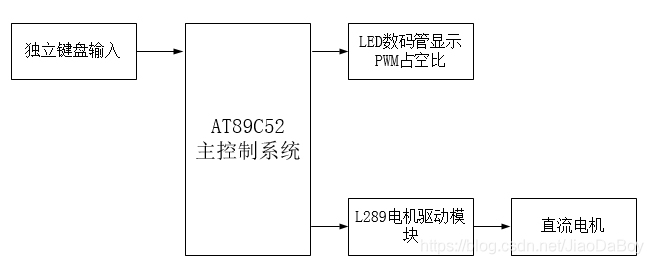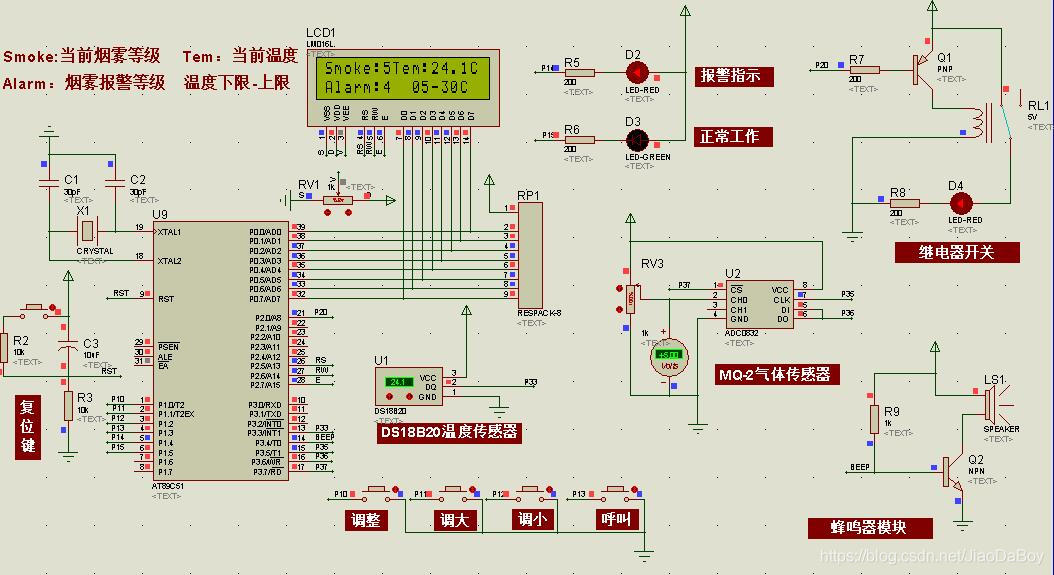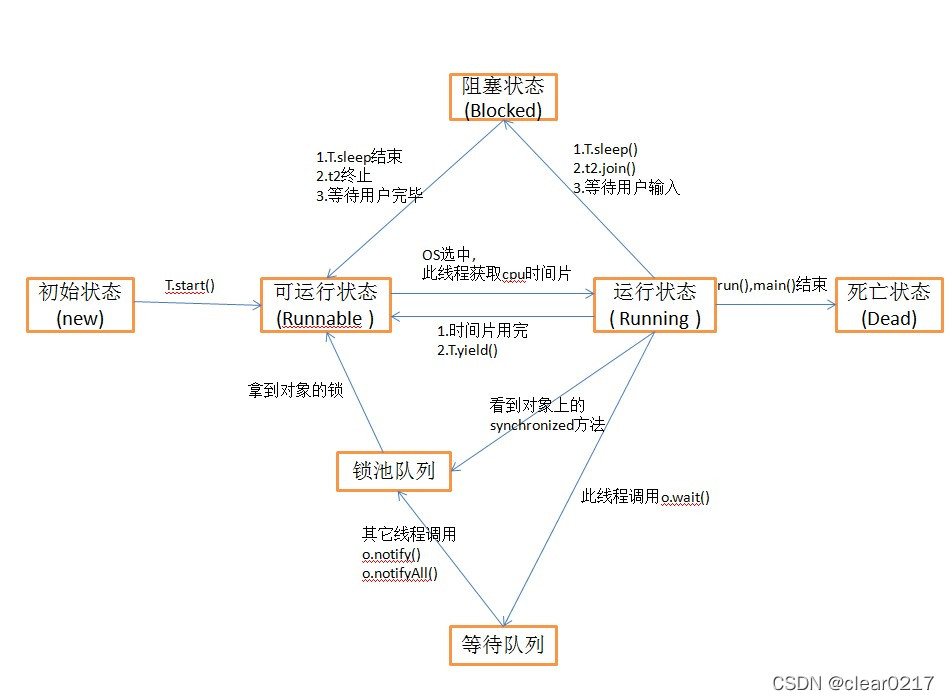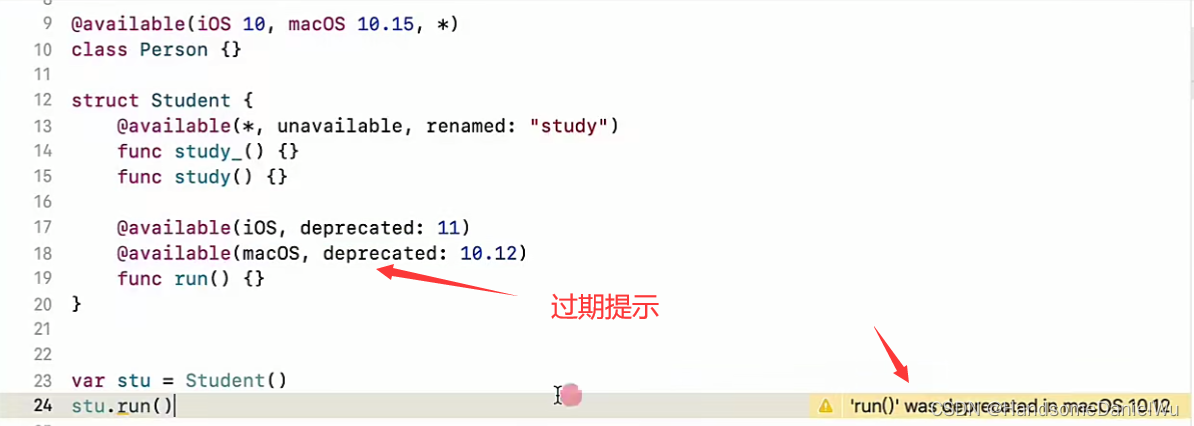当前位置:网站首页>Progress in the treatment of depression
Progress in the treatment of depression
2022-04-23 14:42:00 【psybrain】
Focus on “ Favorite brain ” See more brain science knowledge sharing .
key word : depression 、 Brain science
Severe depression is a very complex disease , Because of the unclear pathophysiological mechanism, it is impossible to take targeted treatment in clinic . meanwhile , Common treatment methods in the process of clinical treatment, such as electroconvulsive therapy 、 medication 、 Cognitive behavioral therapy and so on have not found the conclusion of stability in the actual effect . Most of the previous imaging meta-analysis results also focused on the brain function of patients with severe depression and healthy groups - Structural changes , It greatly limits us from the perspective of actual treatment effect to find the brain mechanism of the disease .

Based on the above questions , We use Activation likelihood estimation(ALE) Meta analysis method for the past 20 Over the years, the treatment results of severe depression based on medical imaging technology have been systematically traced , Provide stable and reliable targets for clinical treatment .
Materials and methods
This study was conducted in PUBMED, SCOPUS, GOOLE SCHOLAR And other platforms use different keyword combinations to preliminarily find 352 Articles , And finally determined after a series of exclusion criteria 53 English Research ( chart 1).
And then , We extracted the corresponding coordinates and used ALE Statistical methods confirmed the consistency of all literature in the brain region of neuroimaging results . We also studied drug therapy 、 Electroconvulsive therapy 、 Cognitive behavioral therapy and ketamine therapy have significant consistent results in neuroimaging

chart 1 Document screening flow chart
result
We are ultimately based on 53 An imaging study (1406 Patients ) The results showed that patients with severe depression showed significant consistency in the brain area of emotion control network after treatment , Including bilateral amygdala / Parahippocampal 、 Bilateral thalamus 、 Right front cinch back / Middle frontal gyrus and right insula / Tabular nucleus ( chart 2). And for specific therapies , Only electroconvulsive therapy repeatedly found the above parts of the brain , Especially bilateral amygdala and right insula .

chart 2 be based on ALE The results obtained by the method are significantly consistent with the results of brain regions
Discussion and conclusion
The results show that there are significant and consistent changes in the brain emotion control network of patients with severe depression after various treatment methods . The affective control network revealed in this study includes cognitive control 、 Emotional processing 、 Reward loop and conscious experience . In especial , The correlation patterns of related brain regions are both traditional “ Pain matrix ” Composition of , There is also stress perception and its prominent attention network , Especially the internal perception component . These findings provide new ideas for us to understand depression and other affective disorders , It provides a potential target for us to evaluate the therapeutic effect or future treatment plan .
Author's brief introduction
Li Changhong
Lecturer of Teacher Education College of Guangdong Second Normal University .2021 year 6 In June, he received a doctor's degree in natural science from Aachen University of technology, Germany . The research direction mainly involves sleep 、 Emotional problems and learning psychology . He has participated in a number of National Natural Science Foundation Projects , stay Human Brain Mapping、Journal of Affective Disorders、Frontiers in Aging Neuroscience And other journals published dozens of articles .
Zhang Delong
Linyi people in Shandong Province , Associate researcher, School of psychology, South China Normal University , Master's Supervisor , South China Normal University - Deputy director of high altitude brain science research center of Tibet University , Part time master tutor of Tibet University .2013 He received a doctorate in basic psychology from South China Normal University ,2016 In, the post doctoral mobile station of Guangzhou University of traditional Chinese medicine came out , On behalf of South China Normal University, he went to Tibet University to aid Tibet , Organization building “ South China Normal University - Plateau brain science research center of Tibet University ”. The research direction involves representation 、 High altitude brain science 、 Mid infrared biological effect 、 Depression, etc , Preside over and participate in general projects of National Natural Science Foundation of China and R & D projects in key fields of Guangdong Province 7 term , Apply for national invention patent 6 term , Invention patent conversion 2 term , Co publishing monographs 2 Ministry , stay Neuroscience bulletin、Brain connectivity、Brain structure and function And other academic journals 50 Yu Wen . He has won the Excellent Doctoral Thesis Award of Guangdong Province and the science and technology award of Tibet Autonomous Region .
original text :
Li, C., Hu, Q., Zhang, D., Hoffstaedter, F., Bauer, A., & Elmenhorst, D. (2022). Neural correlates of affective control regions induced by common therapeutic strategies in major depressive disorders: an Activation Likelihood Estimation meta-analysis study. Neuroscience & Biobehavioral Reviews, 137.
doi: 10.1016/j.neubiorev.2022.104643
The end of the paper , Sorting is not easy to , If you can't finish reading, remember to collect , Finally, I hope you can give me some praise and support !
Learn more about , Please pay attention to “ Favorite brain ” official account !
版权声明
本文为[psybrain]所创,转载请带上原文链接,感谢
https://yzsam.com/2022/04/202204231426593221.html
边栏推荐
- QT actual combat: Yunxi chat room
- 51 MCU flowers, farmland automatic irrigation system development, proteus simulation, schematic diagram and C code
- 8.4 循环神经网络从零实现
- Svn detailed use tutorial
- AT89C51单片机的数字电压表开发,量程0~5V,proteus仿真,原理图PCB和C程序等
- Epolloneshot event of epoll -- instance program
- 51 MCU + LCD12864 LCD Tetris game, proteus simulation, ad schematic diagram, code, thesis, etc
- Matlab Simulink modeling and design of single-phase AC-AC frequency converter, with MATLAB simulation, PPT and papers
- 压缩映射定理
- 科技的成就(二十一)
猜你喜欢

3、 Gradient descent solution θ
![[servlet] detailed explanation of servlet (use + principle)](/img/7e/69b768f85bad14a71ce9fcef922283.png)
[servlet] detailed explanation of servlet (use + principle)

51单片机的直流电机PWM调速控制系统(附Proteus仿真+C程序等全套资料)

MQ-2和DS18B20的火灾温度-烟雾报警系统设计,51单片机,附仿真、C代码、原理图和PCB等

8.4 循环神经网络从零实现

DS1302的电子万年历_51单片机,年月日、星期、时分秒、农历和温度,带闹钟,全套资料

线程同步、生命周期

AT89C52 MCU frequency meter (1Hz ~ 20MHz) design, LCD1602 display, including simulation, schematic diagram, PCB and code, etc

一个月把字节,腾讯,阿里都面了,写点面经总结……

OC 转 Swift 条件编译、标记、宏、 Log、 版本检测、过期提示
随机推荐
51 Single Chip Microcomputer Design of traffic light system (with Proteus simulation, C program, schematic diagram, PCB, thesis and other complete data)
Using MATLAB programming to realize the steepest descent method to solve unconstrained optimization problems
Master in minutes --- ternary operator (ternary operator)
Select receives both normal data and out of band data
1-初识Go语言
AT89C51 MCU digital voltmeter development, measuring range 0 ~ 5V, proteus simulation, schematic diagram, PCB and C program, etc
Logical volume creation and expansion
多语言通信基础 06 go实现grpc的四种数据流模式实现
Use of ansible and common modules
we引用My97DatePicker 实现时间插件使用
关于在vs中使用scanf不安全的问题
三、梯度下降求解最小θ
Model location setting in GIS data processing -cesium
全连接层的作用是什么?
【NLP】HMM隐马尔可夫+维特比分词
do(Local scope)、初始化器、内存冲突、Swift指针、inout、unsafepointer、unsafeBitCast、successor、
QT interface optimization: QT border removal and form rounding
Matrix exchange row and column
Detailed explanation of C language knowledge points -- first knowledge of C language [1]
【无标题】